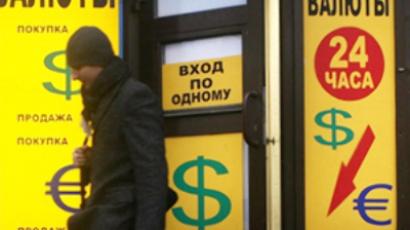Use of wasted gas could save billions
Russia says its oil companies could save more than 13 billion dollars a year, if they didn’t waste associated gas, a by-product of crude production. But some firms are starting to find ways round the problem.
Estimates of how much gas is wasted range from 14 billion to over 50 billion cubic meters.
The government, hungry for budget revenues, will no longer tolerate such waste and has set a deadline of 2012 to capture 95 percent of the fuel.
Licenses could be revoked if the target is not meet, which could prove to be a formidable task, says Thomas Quiagley, Vice President of the West Siberia Gas Department for TNK-BP.
“It will be very challenging. We will be there or thereabouts. Whether we will actually meet the 95 percent, I’m not sure at this stage. We are investing a lot of time and money in the associated gas utilization.”
According to the Energy Ministry, in 2008 Surguneftgas was already using 95% of the gas. Privately run Lukoil and TNK-BP were using more than 70%, but Gazpromneft was still burning off more than half.
One way that oil companies have found to off-set the cost of capturing gas is through alliances with power generators, says Quigley.
“We have associated petroleum gas from our oil fields in this region. It will be processed and then we will supply all of the gas to Nizhnevartovsk powerplant.”
It’s a win-win solution that also keeps the government happy, says Roman Tumasev, Deputy General Director of Siburtyumengaz.
“Sibur has formed a Joint venture with TNK-BP. This plant processes some 9.5 billion cubic meters of associated petroleum gas a year. All dried gas goes to TNK-BP, and hydrocarbon liquids go to SIBUR and are used to produce petrochemicals.”
Using flared gas to produce electricity or to supply gas processing plants remains the most economic option.
Consultants from PFC Energy suggest an 80% cut in flaring could generate up to $7 billion in annual revenue.














